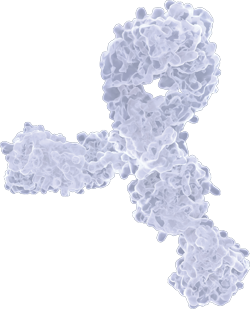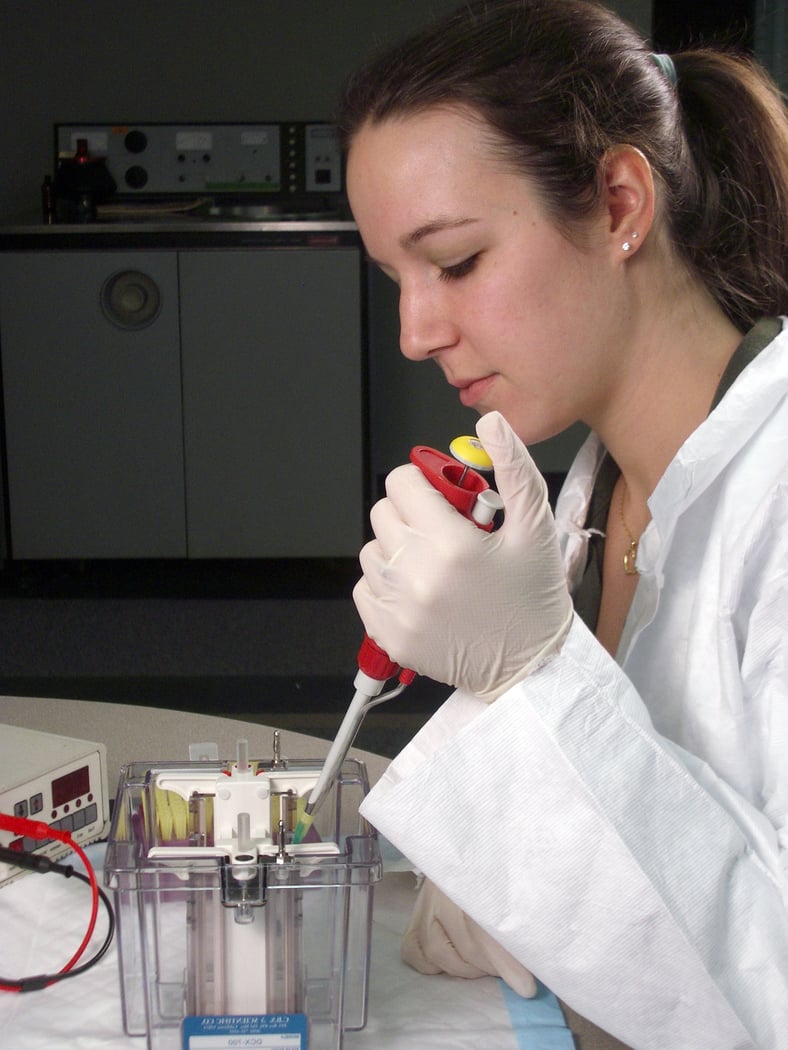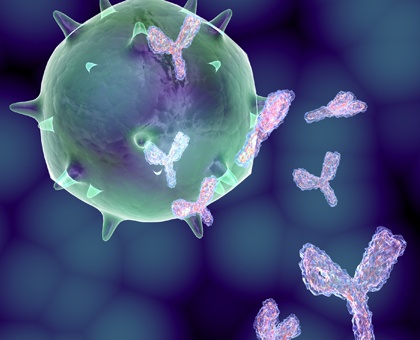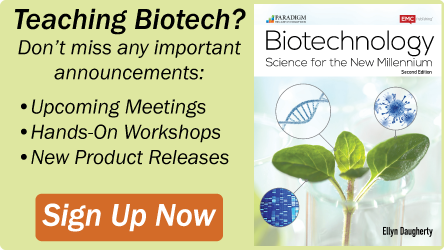Introduction
Optimize Antigen and Antibody Concentration for Western Blots
Topics: Western Blotting
Advantages of Magnetic Beads for Protein Immunoprecipitation
While agarose beads have been traditionally used for immunoprecipitation (IP) and other micro-scale protein and antibody purification procedures, magnetic beads have since taken lead and are now considered tool for protein immunoprecipitation.
Topics: Protein Purification
Detergents and their role in successful SDS-PAGE electrophoresis
SDS-PAGE (sodium dodecyl sulfate polyacrylamide gel electrophoresis) is a common laboratory technique in which proteins are separated by their size by running the proteins through a polyacrylamide matrix by applying an electrical field across the matrix. A native gel electrophoresis is when there aren’t any detergents present while running the assay. This means that the factors affecting the rate of migration for proteins in a native gel electrophoresis assay are the protein’s molecular radius and total net charge across the protein. The molecular radius is determined by the complex tertiary structure and the net charge is the sum of all the positive and negative charges across all the protein’s amino acids. While native gel electrophoresis has its uses, it can be very challenging to interpret, proteins can migrate to either of the electrodes and can separate variably based on their tertiary shape. For these reasons most electrophoresis assays are run with some detergent present (usually SDS) so that only one factor (protein size) influences the rate of migration.
Topics: Protein Electrophoresis, Detergents
Polyclonal Antibody Advantage for Antigen and Epitope Polymorphism
Monoclonal antibodies are often marketed as being superior to polyclonal antibodies. While this might be the case in many applications, this is not necessarily always true. In order to understand what type of antibody is best suited for a particular application, one needs to understand how they are generated.
Topics: Antibody Production







